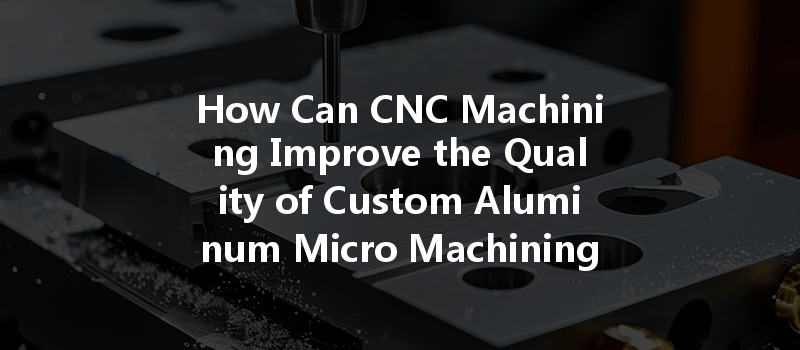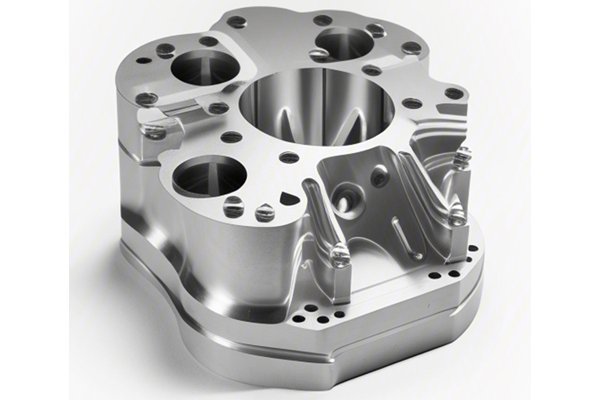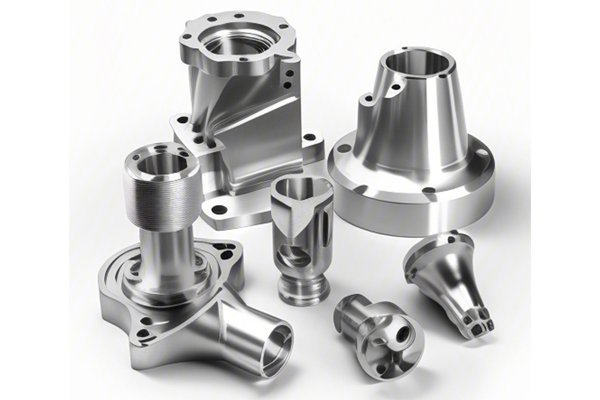:
Did you know that nearly 50% of the products we use daily contain components that have been manufactured using CNC (Computer Numerical Control) machining? It’s a remarkable statistic that speaks to the precision and efficiency this technology brings to modern manufacturing. Whether it’s aerospace, automotive, or consumer electronics, CNC machining has become a cornerstone of precision engineering, particularly in creating custom aluminum micro machining and stainless steel parts. This blog will delve into how CNC machining improves the quality of these components and provide detailed insights into the techniques, advantages, and best practices involved.
—
CNC machining revolutionized the manufacturing landscape by allowing for unparalleled precision and efficiency. In the context of custom aluminum micro machining and stainless steel components, CNC machining ensures that parts are produced to exact specifications with minimal waste, which can dramatically reduce costs and lead times.
CNC machines operate with incredible levels of accuracy, often within a few micrometers. This capability is essential when dealing with custom parts, as even a slight deviation can lead to significant errors in assembly or functionality. For industries like aerospace or medical devices, where tolerances are critical, this level of precision is a non-negotiable requirement.
CNC machining can handle various materials, including aluminum and stainless steel, both of which have distinct properties and applications. Aluminum is lightweight and has excellent corrosion resistance, making it desirable for many applications. In contrast, stainless steel offers strength and durability, which are essential for components that will face harsh environments or loads.
With CNC machining, the manufacturing process becomes largely automated. This not only speeds up production times but also reduces the likelihood of human error. The integration of automation in the machining process allows manufacturers to take on larger projects while delivering consistent results.
—
Custom aluminum micro machining involves the creation of intricate and detailed parts from aluminum at a micro scale. The demand for these micro components has surged across various industries—including telecommunications, automotive, and medical—due to their essential roles in high-tech applications.
The CNC Machining Process for Aluminum Micro Parts
The process begins with creating detailed CAD (Computer-Aided Design) models of the parts to be manufactured. This step is crucial, as it allows for testing different designs and ensuring that they meet the required specifications.
Choosing the right aluminum grade—such as 6061 or 7075—is vital for achieving the desired mechanical properties and characteristics. The right alloy can dramatically enhance component strength, corrosion resistance, and perform excellently under various operational conditions.
CNC machines use various operations—like milling, turning, and drilling—to produce the final component. In micro machining, high-speed spindles and small tooling are vital to achieve the fine details needed for different applications.
CNC machining allows for real-time feedback and adjustments during the manufacturing process. Automated inspection systems can constantly monitor tolerances and dimensions to ensure each piece meets the exact specifications.
Advantages of Custom Aluminum Micro Machining
Parts produced via CNC machining are often stronger and more reliable than those made through traditional means. This reliability translates to better performance in the field.
The flexibility of CNC machining means that custom design specs can be easily incorporated, whether that means changing dimensions, shapes, or accommodating for specific features that need to be integrated into larger assemblies.
While the initial investment in CNC machines may be significant, the reduction in scrap material, fewer human errors, and increased efficiency generally yield a solid return on investment.

—
Stainless steel, known for its toughness and corrosion resistance, poses unique challenges and opportunities in machining. While CNC machining significantly enhances the quality of these components, the characteristics of stainless steel require specific considerations.
Key Considerations in CNC Machining Stainless Steel Parts
Stainless steel is tougher on tools than softer metals such as aluminum. Selecting the proper tooling material—like carbide or high-speed steel—and geometry is vital for efficient machining while maintaining tool life and accuracy.
Cutting speed and feed rates are critical when working with stainless steel. Careful balancing between speed and feed can prevent work hardening, which can occur if the material is ground too slowly.
Due to its strength, securing stainless steel components for machining can be more challenging. Using appropriate workholding devices that maintain the integrity of the component during machining is crucial.
Applications of CNC Machined Stainless Steel Parts
Stainless steel parts are prevalent in automotive applications, particularly in exhaust systems and structural components where durability and performance are crucial.
For components used in medical devices, precision and cleanliness are imperative. CNC machining offers unmatched accuracy, ensuring that parts meet stringent quality and regulatory standards.
The aerospace sector benefits from stainless steel components that must withstand extreme conditions. CNC machining allows for the precision crafting of components like brackets and fittings.
—
To maximize the benefits of CNC machining, manufacturers should adopt specific best practices:
High-quality CNC machines equipped with the latest technology can produce superior results. Investing in upgraded machinery leads to better performance, longer tool life, and reduced maintenance costs.
Despite automation, skilled operators are critical to overseeing operations and ensuring precise executions of the designs. Training personnel and investing in their ongoing education can yield significant dividends.
Regular maintenance of CNC machines ensures consistent performance and extends the machines’ lifespan. Scheduled servicing can help identify and rectify minor issues before they escalate into costly repairs or downtime.
—
CNC machining has undeniably transformed the landscape of manufacturing, particularly concerning custom aluminum micro machining and stainless steel parts. The precision, efficiency, and adaptability of CNC technology ensure that manufacturers can deliver high-quality components across various industries, from aerospace to medicine.
By embracing best practices in CNC machining and understanding the intricacies of working with different materials, manufacturers can optimize their processes for maximum benefit. As industries continue to evolve, the role of CNC machining will be critical in meeting the increasing demands for quality and performance.
Understanding these techniques and approaches isn’t just academic; they represent the frontier of modern manufacturing, where quality drives profitability and innovation. Manufacturers who invest time and resources into mastering CNC machining principles will find themselves well-equipped to thrive in the competitive global marketplace. As we explore the capabilities of CNC technology, let us remember its profound relevance and crucial role in the continual evolution of industrial manufacturing.






